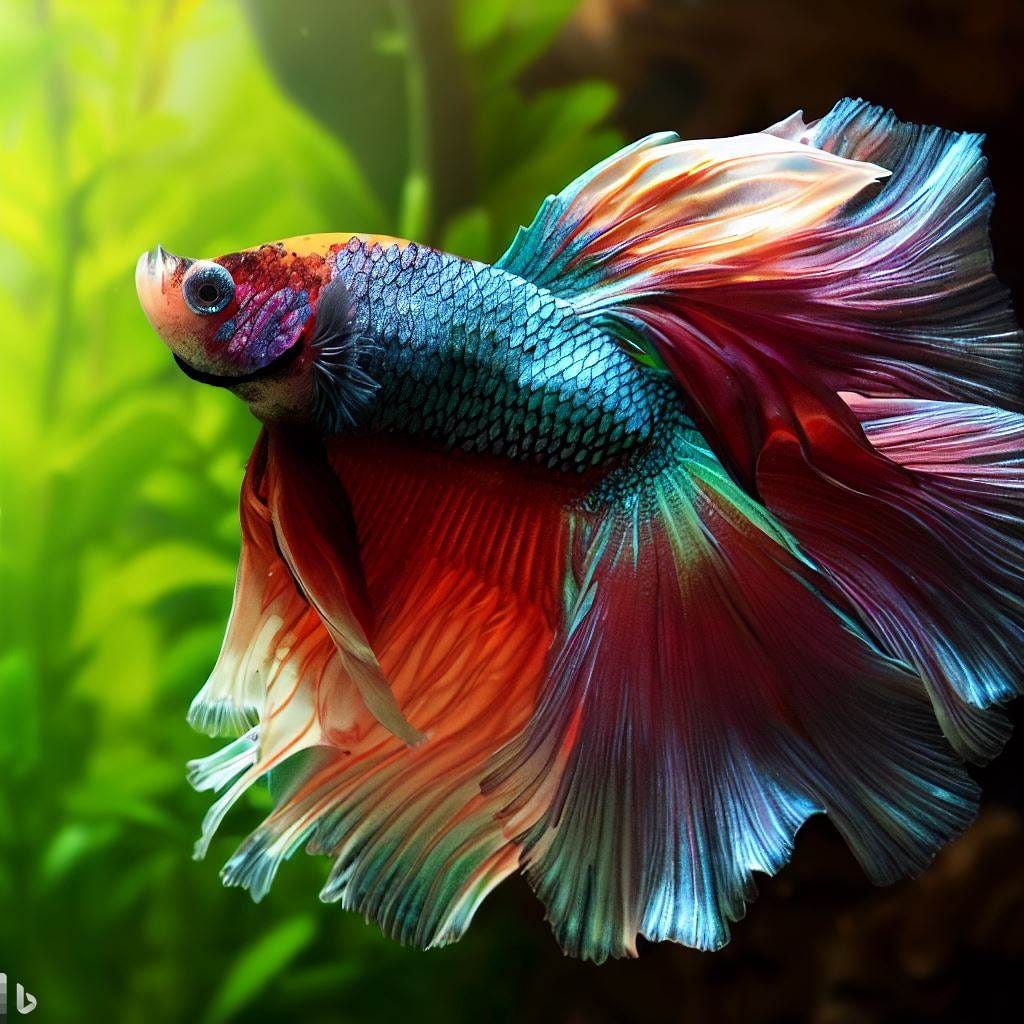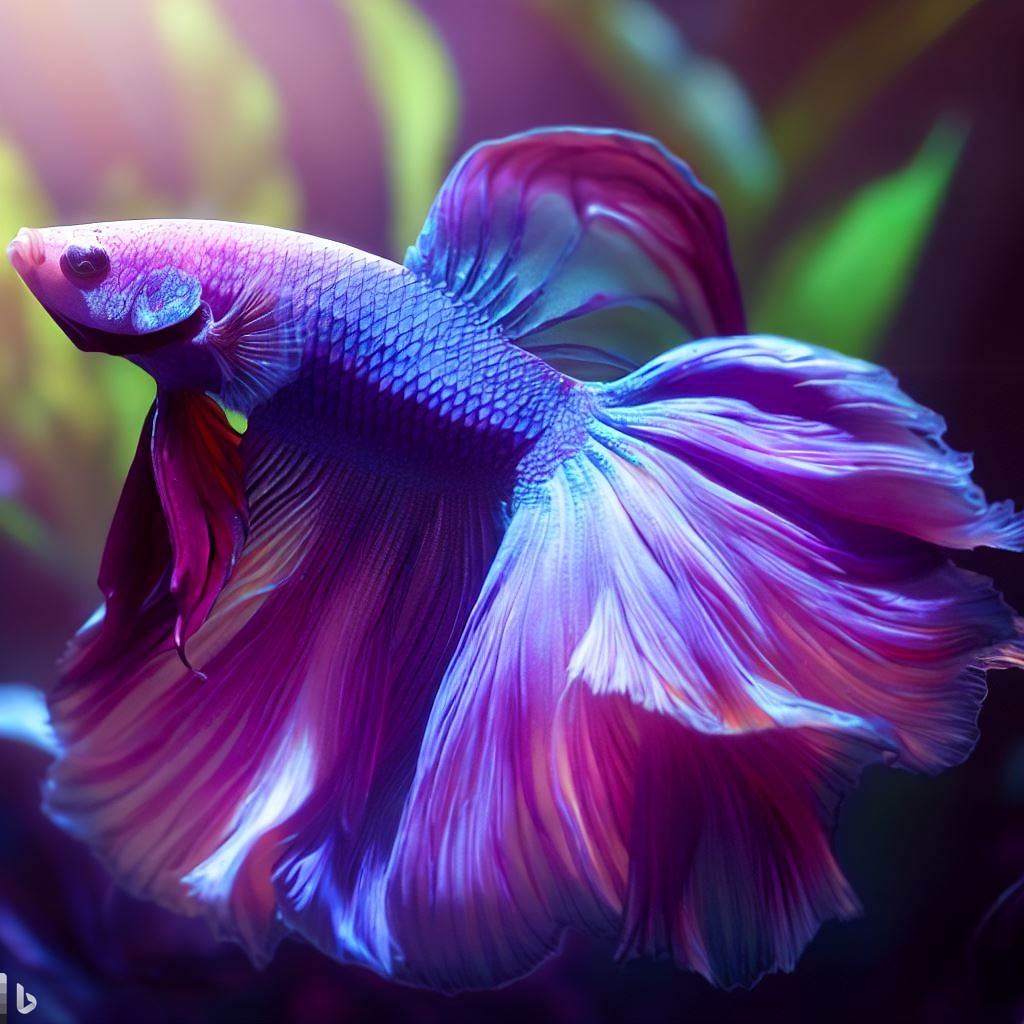Reproducing Betta Fish: a Comprehensive Step-By-Step Overview to Effectively Raising Infant Bettas From Eggs to Their Adult Years
Breeding Betta fish is a meticulous venture that calls for careful preparation and execution to make sure the effective development of fry from eggs to mature fish. As the male Betta diligently constructs a bubble nest and guards the priceless eggs, the succeeding stages of care and transition need attention to detail and knowledge of ideal practices.

Picking Reproduction Pairs
When getting started on the trip of reproducing Betta fish, picking the best breeding pairs is essential to attaining desirable qualities and a healthy and balanced family tree - betta fish. The initial action in this process is to determine the certain qualities you want to boost or protect, such as color, fin type, and physique. It is vital to select genetically diverse pairs to avoid inbreeding, which can result in wellness issues and unfavorable attributes
Assess prospective reproducing prospects very carefully. A healthy male Betta should show vibrant shades, an energetic temperament, and well-formed fins, while the lady needs to likewise present dynamic pigmentation and a rounded stomach, indicating readiness for spawning. Observing the temperament of both fish is crucial, as aggressive or overly timid individuals might not reproduce effectively.
Keeping records of the moms and dad fish's ancestry can help you track genetic traits and possible concerns. Inevitably, spending time in the option procedure will dramatically improve the likelihood of creating solid, vivid offspring that meet your breeding goals.

Preparing the Reproduction Container
Creating an optimum breeding environment is a key step after choosing ideal pairs for Betta fish. The breeding container must be specifically developed to provide comfort and promote the natural reproduction behaviors of the fish. Begin with a tank size of at the very least 10 gallons to ensure appropriate space for both the man and women Bettas.
Preserve a mild filtering system to keep the water clean while staying clear of solid currents that can worry the fish. In addition, an air rock can be contributed to give oxygenation without interfering with the water surface way too much.
Temperature regulation is important; go for a stable series of 78-82 ° F(25-28 ° C) utilizing a trusted heating unit. The pH degree need to be maintained between 6.5 and 7.5, and regular water adjustments are required to make sure high water top quality.
Include floating plants or spawning sponges to develop concealing spots for the lady, while also motivating bubble nest structure by the man - betta fish. Ensure the storage tank is totally free from sharp designs and any kind of potential threats, as the well-being of the fish should constantly be prioritized throughout this important stage of reproduction.
The Breeding Refine
Generally, the reproducing process for Betta fish includes a series of distinct and visible habits that show readiness for recreation. The male Betta starts by constructing a bubble nest at the water's surface, which serves as a site for the fertilized eggs. This nest is important, as it gives view it a secure atmosphere for the eggs until they hatch.
When the nest is developed, the male will certainly show courtship behaviors, such as flaring his fins and exhibiting lively colors to draw in the female. The female, upon noticing the male's preparedness, will react by showing vertical red stripes along her body, signifying her receptiveness.
The fertilized eggs after that drop to the bubble nest, where the male thoroughly gathers and returns them to the nest. Following this, the male thinks obligation for guarding the nest and making certain the security of the eggs up until they hatch, typically within 24-36 hours.
Taking Care Of Betta Fry
Caring for Betta fry needs mindful attention to their setting and nourishment to make certain healthy and balanced growth and growth. After hatching, Betta fry are very tiny and vulnerable, demanding a stable and clean environment. Preserving a water temperature between 78 ° F and 80 ° F is critical, as Betta fry prosper in warm problems. Additionally, ensure that the water is devoid of dangerous contaminants; normal water adjustments of 10-20% are advised to preserve optimum water high quality.
Feeding Betta fry is similarly essential. Feed them small quantities numerous times a day, being mindful not to overfeed, which can lead to water quality problems.
Transitioning to Grownup Bettas
As Betta fry mature, transitioning them to grown-up Bettas is an essential stage that requires mindful management of their atmosphere and social communications. This procedure generally begins when the fry reach around six weeks old, whereupon they can be slowly introduced to a much more structured living setting.
To facilitate this transition, it is necessary to ensure that the water specifications-- such as temperature level, pH, and ammonia levels-- are optimum and secure. Adult Betta fish prosper in warm water (around 78-80 ° F) with a pH of 6.5 to 7.5. Slowly acclimate the fry to these conditions to decrease stress.
Social interactions are one more essential factor; man Bettas are notoriously territorial and hostile. Therefore, it is suggested to separate males into More Info private containers as they develop. Women Bettas can be housed with each other, however care must be taken to keep an eye on for indications of aggressiveness.
Furthermore, dietary modifications should Extra resources be made as the fry expand. Incorporate top notch pellets and live foods to support their development and wellness. By taking care of these factors successfully, you can promote an effective shift to the adult years for your Betta fish.

Conclusion
Effective breeding of Betta fish requires careful attention to detail throughout the whole procedure, from picking genetically varied sets to giving ideal care for fry. Additionally, a balanced diet regimen and gradual adjustment to grown-up settings are essential for the development and development of Betta fish.